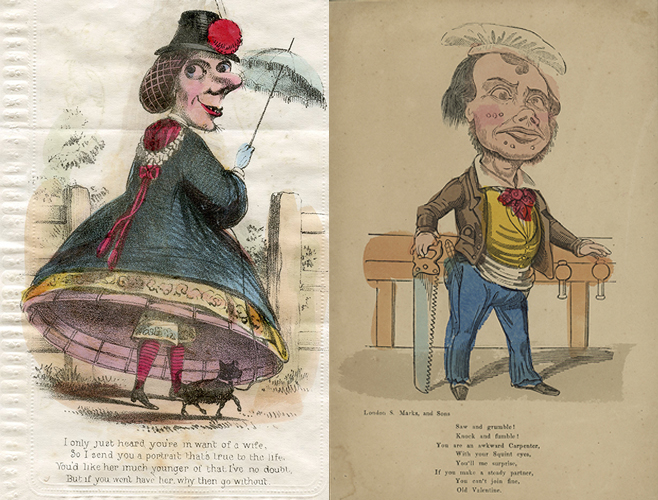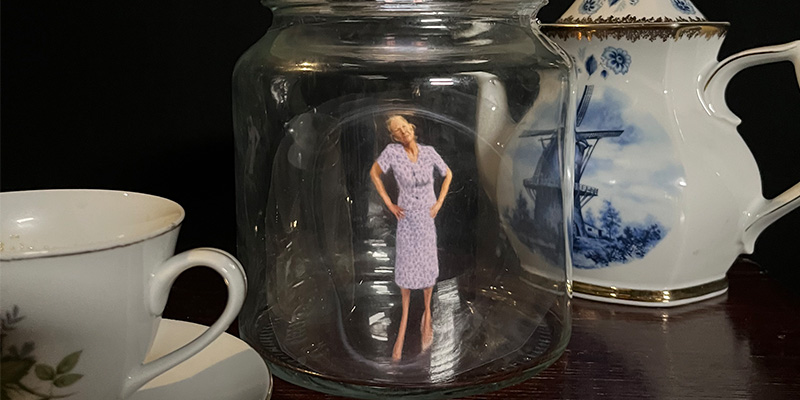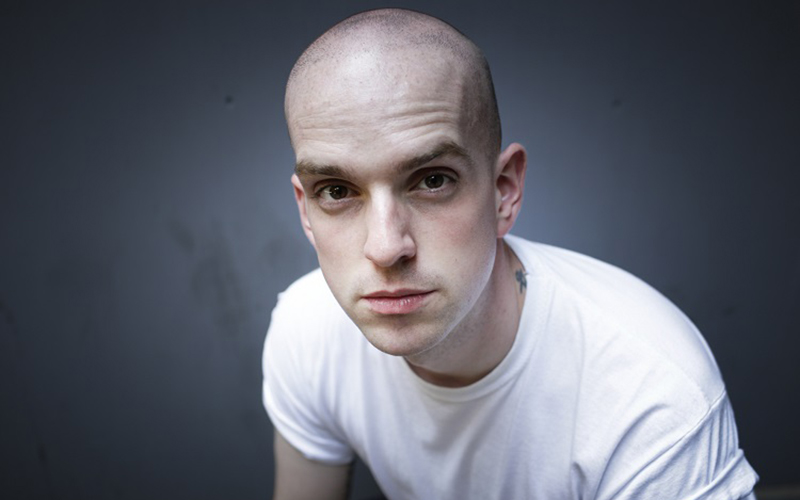News | Monday, 28th January 2019
#MadeAtMcrMet: Sowing seeds of hope
The cells of living people are being harvested and reprogrammed as part of a pioneering bid to beat Batten disease
It was in 1903 that the British paediatric neurologist Dr Frederick Batten first described a rare degenerative brain disease that gradually eroded all of the development gains its young victims had made, and then took their lives.
As rare as it is cruel, that condition became commonly known as Batten disease – a name which has come to denote several different genetic life-limiting neurodegenerative diseases that share similar features.
More than a century on, the fight to understand, treat and cure Batten disease continues.
And scientists at Manchester Metropolitan University are now helping to provide the answers that eluded Dr Batten all those years ago.

Professor Tristan McKay (pictured above) leads a six-strong team which is a partner in BATCure – a three-year, 6m euros (£5.3m) Pan-European research project developing new therapeutic options for patients and their families living with three different forms of what is clinically known as Neuronal Ceroid Lipofuscinoses (NCL).
Other partners in BATCure include the Batten Disease Family Association and Orphazyme, a Danish company with a strong track record of translating new drugs for rare degenerative diseases to clinical trial.
Furthermore, the work being done to solve the riddle of Batten disease also brings hope for the battle against other neurological conditions, including Alzheimer’s, which can also be traced back to a cellular level.
In our lab, we have the brain neurons of people with Batten who are walking around Europe today
The faulty genes that cause Batten disease are passed down by birth parents, with the risk of a child becoming either a sufferer or carrier of that gene increasing depending on whether one or both parents are carriers.
Neurodegeneration affecting people with NCL is caused by an excessive build-up of lipopigments (made up of fats and proteins) in all cells in the body, but brain neurons are particularly susceptible to these toxic products.
Symptoms vary depending on the age of onset, but typically include seizures and sight loss followed by mental decline and death. It is most common in children, but can affect adults too.
Researchers have identified 400 mutations in 13 different genes related to Batten disease since the first gene responsible for causing the condition was identified in 1995.
The Batten Disease Family Association estimate that between 11 and 17 children, young people and adults are diagnosed with a form of the disease each year; meaning there are between 100 and 150 affected individuals currently living with Batten disease in the UK.
We are now in the age of precision – or personalised – medicine
Worldwide, Batten disease affects around 14,000 children, with around 1,400 new cases each year. Although NCL diseases are rare, they often affect more than one person in families that carry defective genes.
The condition is so rare that it is not part of any mass screening programmes like those used to test whether an embryo is carrying conditions including Down Syndrome.
For those who have given birth to a child with Batten disease, or who are concerned that they are a genetic carrier for the condition, BATCure’s work provides a beacon of hope.

Until recently, stem cell research was largely conducted using stem cells derived from human embryos deemed surplus to requirements after a successful programme of IVF. The use of human embryos for scientific research has attracted controversy on moral, ethical and religious grounds.
More recently, science has found a way of ‘reprogramming’ cells obtained from routine procedures such as a blood sample so that they have the same stem cell characteristics as those derived from human embryos.
Japanese stem cell researcher Shinya Yamanaka was awarded the Nobel Prize for medicine in 2012 for changing adult cells into these induced pluripotent stem cells (iPSC), which can become any other type of cell in the body. Importantly, cells adapted from those taken from an individual are not rejected by the human body’s autoimmune defences when they are introduced in another form.
Such iPSC lines can be converted to those affected by disease, such as brain neurons, which are a fitting test bed for promising new drug therapies. This is now an important part of Manchester Metropolitan’s contribution to BATCure.
By reprogramming skin cell samples taken from living Batten disease patients, the Manchester Metropolitan lab is able to precisely replicate the cells found within their brains and other organs.
“We can grow huge quantities of cells in the lab in an iPSC state and then turn them into whatever cell type we wish to study,” Professor McKay explains. “We can convert these cells into many different types of specialised brain neuron. In our lab, we have the brain neurons of people with Batten who are walking around Europe today. That means we have this unique ability to look at how those patients’ brain neurons will respond to different drugs.
“We are using these cells in the laboratory alongside our European collaborators to test drugs. This brings other benefits too. We are now in the age of precision – or personalised – medicine. One drug does not necessarily fit all people. All drugs are metabolised in the liver, often in an unpredictable manner. We are able in principle to use iPSC technology to test a drug’s ability to repair brain neurons whilst simultaneously evaluating the potential toxicity of that drug in liver cells from a patient who is currently being treated in the clinic.”
By the end of the project, BATCure expects to have preclinical evaluations of new lead drugs and gene therapies. Other goals include the development of faster diagnostics suitable for pre-symptomatic testing and monitoring efficacy of these new treatments, and a wider understanding of the disease and better knowledge and evidence for palliatively treating peripheral symptoms.
The Manchester Metropolitan team has formed a close relationship with Batten disease parents and professionals, and held a laboratory open day earlier this year. The visit included an explanation of how these iPS cells will be used by other groups in the consortium to screen for potential therapeutic drugs for Batten disease. Those attending were also able to find out about the research they do and see first-hand some of the work currently taking place in the lab.
Professor McKay adds: “Our commitment to BATCure is making iPS cells for application in drug discovery by our partners. We are making excellent progress. Batten disease is only one of a group of lipofuscinoses diseases. If we find a patient therapy for one kind, it may be appropriate for others as well.”




